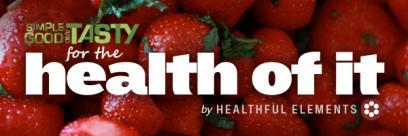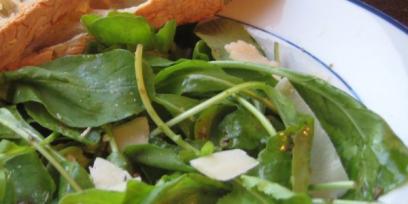One of my earliest food memories is of eating soup with my dad. Both of my parents were medical residents and although I don't remember feeling juggled, I know that caring for me with two punishing call schedules was an elaborate dance. It must have been on those bleary-eyed nights when my mom was on call, that my dad would pull out the Campbell's Alphabet Soup. He would serve it in one big bowl and float big chunks of Meunster cheese in it which would melt into long gooey strings. Together we would eat, our heads touching, our spoons crossing - giggling, looking for letters and trying to get that cheese.
cabbage
Categories
PARTNERS
Archives
- April 2016 (1)
- March 2016 (1)
- February 2016 (1)
- January 2016 (1)
- December 2015 (2)
- October 2015 (1)
- August 2015 (2)
- July 2015 (2)
- June 2015 (3)
- May 2015 (2)







 The move towards sustainable food has not been lost on the city of Minneapolis. The
The move towards sustainable food has not been lost on the city of Minneapolis. The